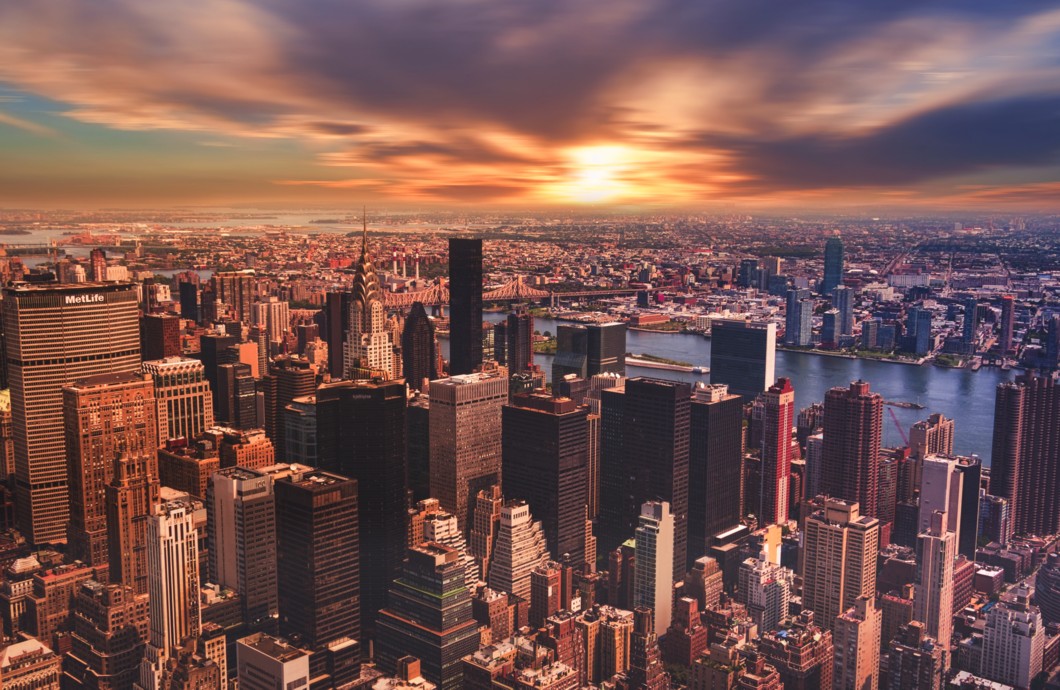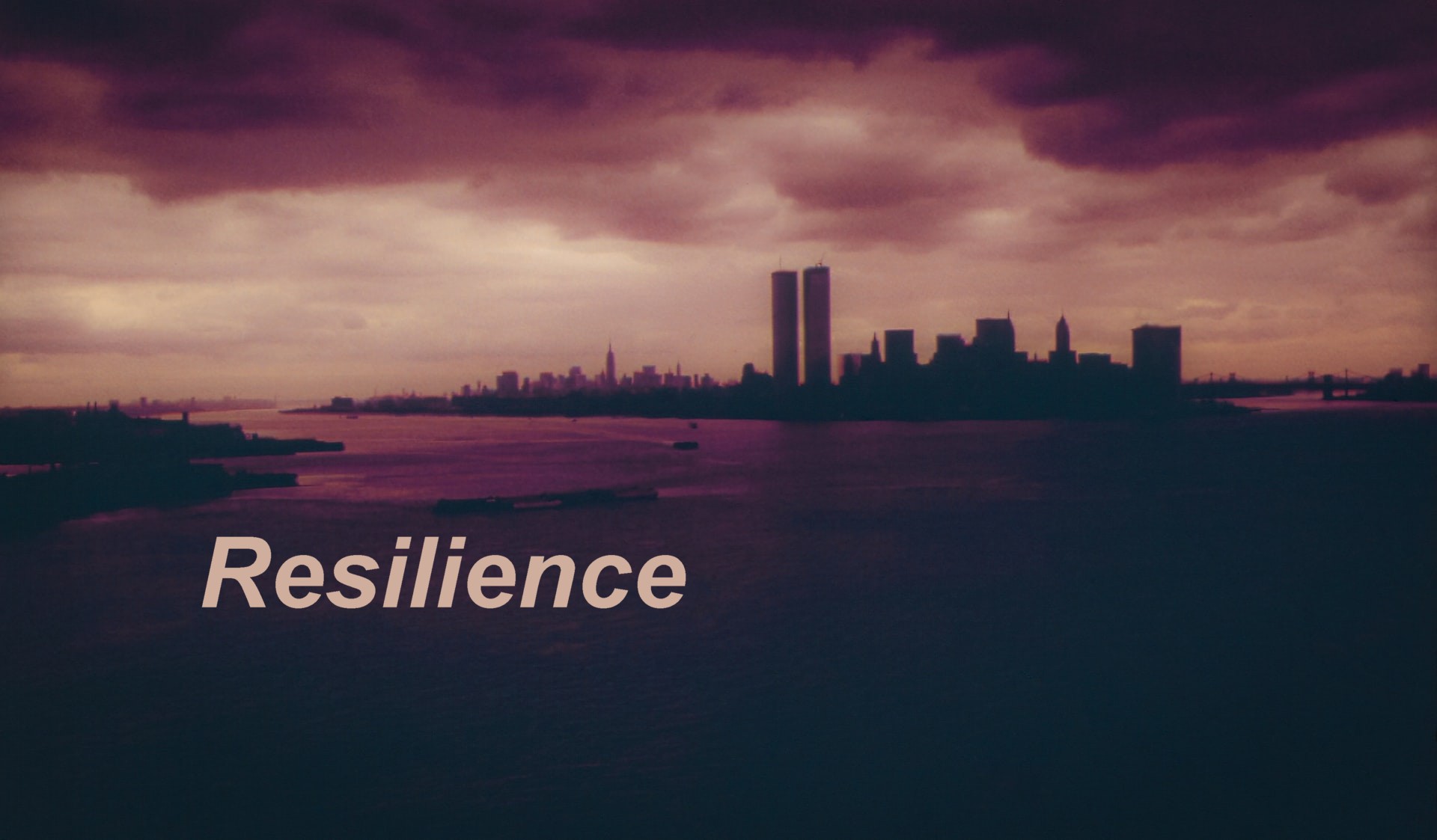

Climate change is a threat we cannot ignore. It’s also an opportunity to secure our future


Building Resilience Coalition – March 2, 2022 – The Intergovernmental Panel on Climate Change {IPCC) has reaffirmed that human-induced climate change is causing dangerous and widespread disruption in nature and affecting the lives of billions of people around the world, despite efforts to reduce the risks.
We already knew that.
But what is in its latest report, released this week, is a sobering assessment of how unprepared and vulnerable we are to the unavoidable hazards we will face over the next two decades.
Some of these impacts will be unavoidable and irreversible. But that does not mean we are powerless to act to secure our collective wellbeing.
Increased heatwaves, droughts, and floods exceed plants and animals’ tolerance thresholds, driving mass mortalities in species such as trees and corals. These weather extremes are co-occurring, causing cascading impacts that are increasingly difficult to manage.
Urgent action is required to deal with increasing risks
But they are also a Call to Action. We can avoid mounting loss of life, biodiversity, and infrastructure destruction by taking ambitious, accelerated action to adapt to climate change and make deep cuts in greenhouse gas emissions.
“Our assessment clearly shows that tackling all these different challenges involves everyone – governments, the private sector, civil society – working together to prioritize risk reduction, as well as equity and justice, in decision-making and investment,” said IPCC Working Group II Co-Chair Debra Roberts.
Nowhere is this more apparent in our cities and towns, where most of our growing population live and work.
“In this way, different interests, values and world views can be reconciled. Solutions will be more effective by bringing together scientific and technological know-how and Indigenous and local knowledge. Failure to achieve climate-resilient and sustainable development will result in a sub-optimal future for people and nature.”
“Together, growing urbanization and climate change create complex risks, especially for those cities that already experience poorly planned urban growth, high levels of poverty and unemployment, and a lack of basic services,” Debra Roberts said.
“But cities also provide opportunities for climate action – green buildings, reliable supplies of clean water and renewable energy, and sustainable transport systems that connect urban and rural areas can all lead to a more inclusive, fairer society.”
The IPCC report provides a detailed assessment of climate change impacts, risks and adaptation in cities, where more than half the world’s population lives. People’s health lives, livelihoods, and property and critical infrastructure, including energy and transportation systems, are being increasingly adversely affected by hazards from heatwaves, storms, drought and flooding, as well as slow-onset changes, including sea-level rise.
Cities are Hotspots of impact but crucial to the solution
“North American cities and settlements have been affected by the increasing severity and frequency of climate-induced hazards and extreme events which have contributed to cascading effects of infrastructure damage, loss of services and economic activity, damage to heritage resources, safety concerns and disrupted livelihoods. Impacts are particularly apparent for Indigenous Peoples for whom culture, identity, commerce, health and wellbeing are closely connected to a resilient environment. Coastal, riverine, and urban flooding affecting communities and ecosystems will become a dominant risk to urban centres, displacing people, compromising economic activity, disrupting transportation and trade infrastructure. Large wildfires will increasingly endanger lives, livelihoods, mental and physical health, property, key infrastructure, and economic activities and contribute to compromised air quality and municipal water contamination with multiple human health implications.”
There is increasing evidence of adaptation that has caused unintended consequences, for example, destroying nature, putting peoples’ lives at risk or increasing greenhouse gas emissions. This can be avoided by involving everyone in planning, attention to equity and justice, and drawing on Indigenous and local knowledge.
It’s more than strengthening the built environment. The impacts of climate change require us to enhance nature and society’s ongoing resilience to fight hunger, poverty, and inequality and keep Earth a place for future generations.
Nothing short of a revolution is required in how we build, repair, and protect our cities, towns, and associated infrastructure to make them more resilient to climate change and the impacts of extreme weather.
The report notes that progress on adaptation is uneven, and there are increasing gaps between action taken and what is needed to deal with the growing risks, the new report finds. These gaps are most significant among lower-income populations.
Inaction is not an option.
“This report is a dire warning about the consequences of inaction,” said Hoesung Lee, Chair of the IPCC. “It shows that climate change is a grave and mounting threat to our wellbeing and a healthy planet. Our actions today will shape how people adapt, and nature responds to increasing climate risks.”
There are options to adapt to a changing climate. This report provides new insights into nature’s potential to reduce climate risks and improve people’s lives.
“Healthy ecosystems are more resilient to climate change and provide life-critical services such as food and clean water,” said IPCC Working Group II Co-Chair Hans-Otto Pörtner.
“By restoring degraded ecosystems and effectively and equitably conserving 30 to 50 percent of Earth’s land, freshwater and ocean habitats, society can benefit from nature’s capacity to absorb and store carbon, and we can accelerate progress towards sustainable development, but adequate finance and political support are essential.”
Safeguarding and strengthening nature is key to a liveable future
“This report recognizes the interdependence of climate, biodiversity and people and integrates natural, social and economic sciences more strongly than earlier IPCC assessments,” said Hoesung Lee. “It emphasizes the urgency of immediate and more ambitious action to address climate risks. Half measures are no longer an option.”
Scientists point out that climate change interacts with global trends such as unsustainable use of natural resources, growing urbanization, social inequalities, losses and damages from extreme events and a pandemic, jeopardizing future development.
A narrowing window for action
Climate change is a global challenge that requires local solutions, and that’s why the IPCC’s Report provides extensive regional information to enable Climate Resilient Development. It clearly states Climate Resilient Development is already challenging at current warming levels.
Suppose global warming exceeds 1.5°C (2.7°F). In some regions, it will be impossible if global warming exceeds 2two °C (3.6°F). This key finding underlines the urgency for climate action, focusing on equity and justice. Adequate funding, technology transfer, political commitment, and partnership lead to more effective climate change adaptation and emissions reductions.
“The scientific evidence is unequivocal: climate change is a threat to human wellbeing and the health of the planet. Any further delay in concerted global action will miss a brief and rapidly closing window to secure a liveable future,” said Hans-Otto Pörtner.
For more information, please contact:
IPCC Press Office, Email: ipcc-media@wmo.int IPCC Working Group II:
Sina Löschke, Komila Nabiyeva: comms@ipcc-wg2.awi.de
About the IPCC
The Intergovernmental Panel on Climate Change (IPCC) is the UN body for assessing the science related to climate change. It was established by the United Nations Environment Programme (UNEP) and the World Meteorological Organization (WMO) in 1988 to provide political leaders with periodic scientific assessments concerning climate change, its implications, and risks and put forward adaptation and mitigation strategies. In the same year, the UN General Assembly endorsed the action by the WMO and UNEP in jointly establishing the IPCC. It has 195 member states.
About the Building Resilience Coalition
Pacific Northwest Building Resilience Coalition represents thousands of private companies committed to improving the planning, development, and the construction of homes, buildings, communities, and associated infrastructure capable of surviving, recovering from, and adapting to the growing impacts of natural disasters, climate change, and an ever-evolving urban and physical environment. Read More about Our Mission and Our Members.
Recent Posts
The Future of Cement as a Sustainable and Resilient Building Product
The future of cement shaping up to forge a more sustainable construction industry that meets…
The Growing Importance of Resiliency in the Design and Construction of Buildings
Resiliency is becoming increasingly important in building design and construction due to the rising frequency…
GCCA Global Low Carbon Ratings for Cement and Concrete
The Global Cement and Concrete Association (GCCA) has developed a standardised low carbon rating system…
Building for Resiliency with Insulated Concrete Forms
Building with Insulated Concrete Forms (ICFs) is increasingly recognized as a critical component of modern…
Building Resiliency in the Pacific Northwest
In the Pacific Northwest, the increasing frequency and severity of climate-related disasters, such as wildfires,…
How California can rebuild safer, more resilient cities after wildfires
The catastrophic LA wildfires were a powerful reminder that governments and communities need to think…


